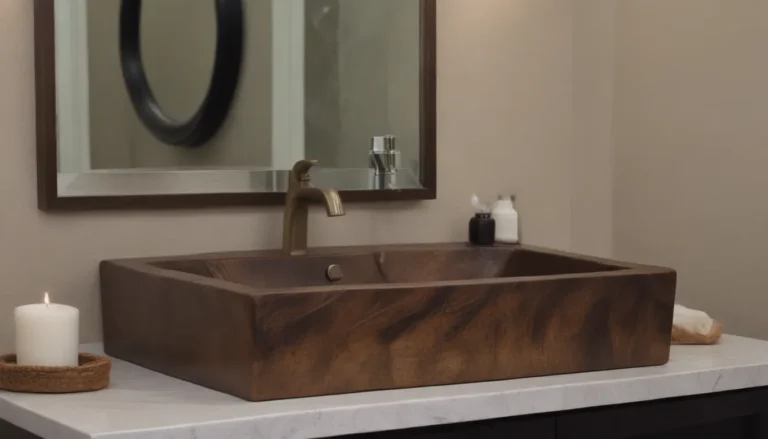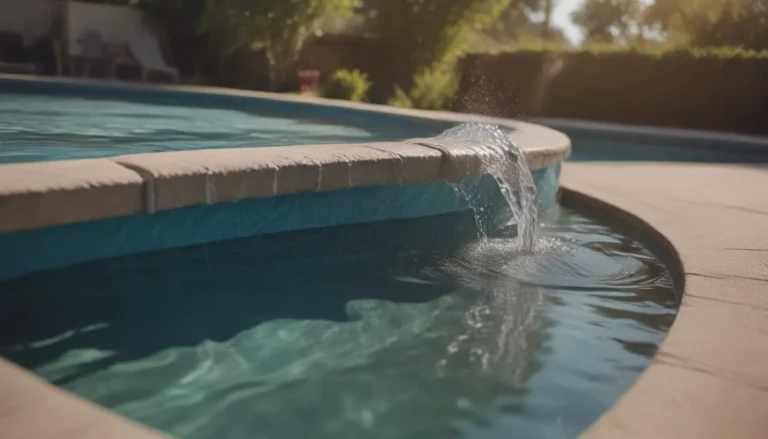The Importance of Proper Shocking for Your Pool

As a pool owner, one of your main responsibilities is to ensure that your pool water remains clean, clear, and safe for swimming. One crucial aspect of pool maintenance is shocking your pool, but how often should you actually do it? In this comprehensive guide, we will explore the ins and outs of pool shocking to help you keep your pool in top condition all year round.
Understanding Pool Shock
Before we dive into how often you should shock your pool, it’s essential to understand what pool shock is and how it works. Pool shock is a concentrated form of chlorine that comes in either powder or liquid form. Unlike regular chlorine tablets, which release chlorine slowly over time, shock is designed to release chlorine rapidly to quickly raise the chlorine level in your pool.
When Should You Shock Your Pool?
There are several situations that may warrant shocking your pool, including:
- After refilling your pool
- If you notice a sudden drop in chlorine levels
- After hosting a large pool party
- If your pool has been inactive for an extended period and has turned green
Generally, if your pool is properly maintained and checked regularly, you should only need to shock it a few times per season. Shocking your pool when opening it for the season and before closing it for winter can help prevent algae growth and keep the water clean during the off-season.
The Best Time to Shock Your Pool
To ensure optimal results when shocking your pool, it’s best to do so in the morning after cleaning the pool. Chlorine levels tend to decrease throughout the day due to factors like sunlight exposure and debris accumulation. By shocking your pool in the morning, you give the chlorine enough time to circulate and kill bacteria before it gets diluted by leaves and debris.
Avoid shocking your pool when the pump is not running, as this can lead to staining of the pool finish. After shocking the pool, it’s a good idea to brush the walls to help mix the shock with the water and remove any buildup or bacteria.
The Dos and Don’ts of Adding Shock
While shock is an essential tool in maintaining your pool’s water quality, it’s essential to use it correctly to avoid potential issues. Here are some tips for adding shock to your pool effectively:
- Monitor chlorine levels regularly: Regularly testing the chlorine levels in your pool can help prevent the need for frequent shocking.
- Only shock when necessary: Excessive shocking can lead to skin and eye irritation, as well as damage to your pool equipment.
- Shocking frequency: In general, you should shock your pool once when opening it for the season, and as needed if your pool turns green or after periods of heavy pool usage or high temperatures.
By following these tips and staying on top of your pool maintenance routine, you can keep your pool water clean, clear, and safe for swimming all season long.
Conclusion
In conclusion, properly shocking your pool is a crucial aspect of maintaining clean and safe pool water. By understanding the best practices for shock treatment and implementing them into your pool maintenance routine, you can enjoy a sparkling pool that is always ready for a refreshing swim.
Remember, the key is to shock your pool when necessary, monitor chlorine levels regularly, and follow best practices for adding shock. By staying proactive in your pool maintenance efforts, you can ensure that your pool remains a source of enjoyment for you and your family.
Don’t forget to reference reliable sources like the Centers for Disease Control and Prevention for more information on pool water treatment and testing. With the right knowledge and techniques, you can keep your pool in top condition and enjoy a worry-free swimming experience all year round.





